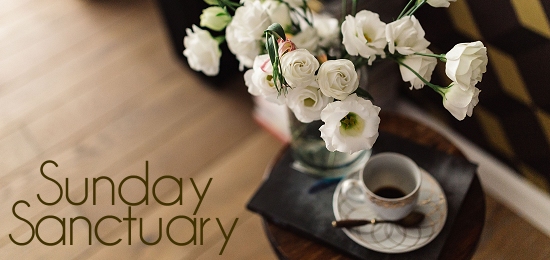
When I began writing online back in 2000, I was grateful for the small community of bloggers. We visited each other’s blogs and, because it as before the days of comments, we connected via email. I felt incredibly lifted up by the connections I made. And, honestly, the other blogs I read.
I wasn’t alone in my deeper need to create. None of the other bloggers I read or connected with ever thought I was compulsive in my need to write daily. Or, sometimes, multiple times a day.
The community of bloggers opened my eyes to the ways in which we could contribute to the creative lives of others. My first discovery of this came when I was able to download a “graphics set” to decorate my blog. That led me down the path to the other ways in which we could share other’s creative pursuits.
Soon, I wanted to contribute to the larger conversation online. I wanted to do more than just link to blogs I liked.
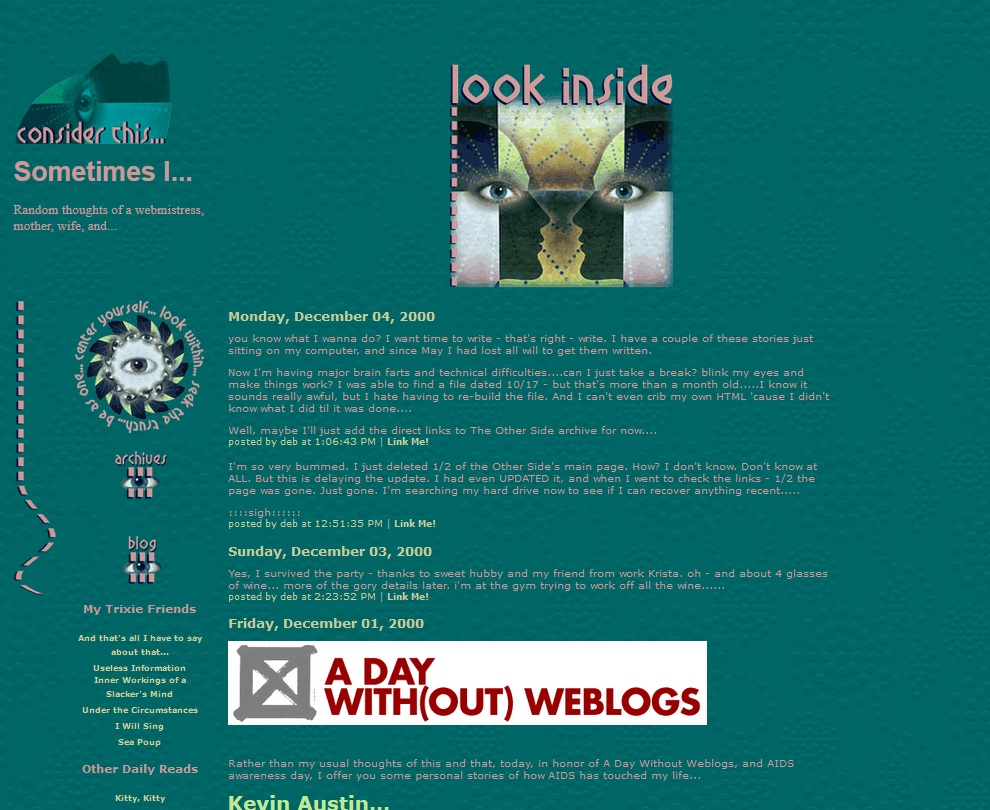
I created an anonymous group blog called Hormonal Bitch. Something I’ve never confessed to before today. We wrote tongue in cheek commentaries on life. Later, I created a group blog called The Back Porch and we chose a monthly theme to write about. These were the folks that I was writing with when the planes hit the towers on 9/11. We processed how we were dealing with the tragedy as individuals and a community.
I also began to write book reviews for a magazine called All Things Girl. By 2005, I was serving as the Editor in Chief. For those of you that have been around during the run of that magazine – or are new here – know that putting the spotlight on other people’s work is of utmost importance to me.
I believe that as creators, we are richer by supporting the creative works of others.
When it comes to my personal values, it’s in my top ten.
And that’s why it’s hard to write this. To tell you why after three short years, we are putting Modern Creative Life in stasis.
I mentioned it when we launched this issue, aptly themed “Nostalgia”. And since that time, I’ve gotten multiple emails asking me a reasonable question: “Why?”
The reasons are simple, yet complicated. They are straightforward, yet layered.
And as much as I value putting the spotlight on the works of other people, the work I am most called to do right now is my own work.
I am well aware how selfish that might sound when down in black and white.
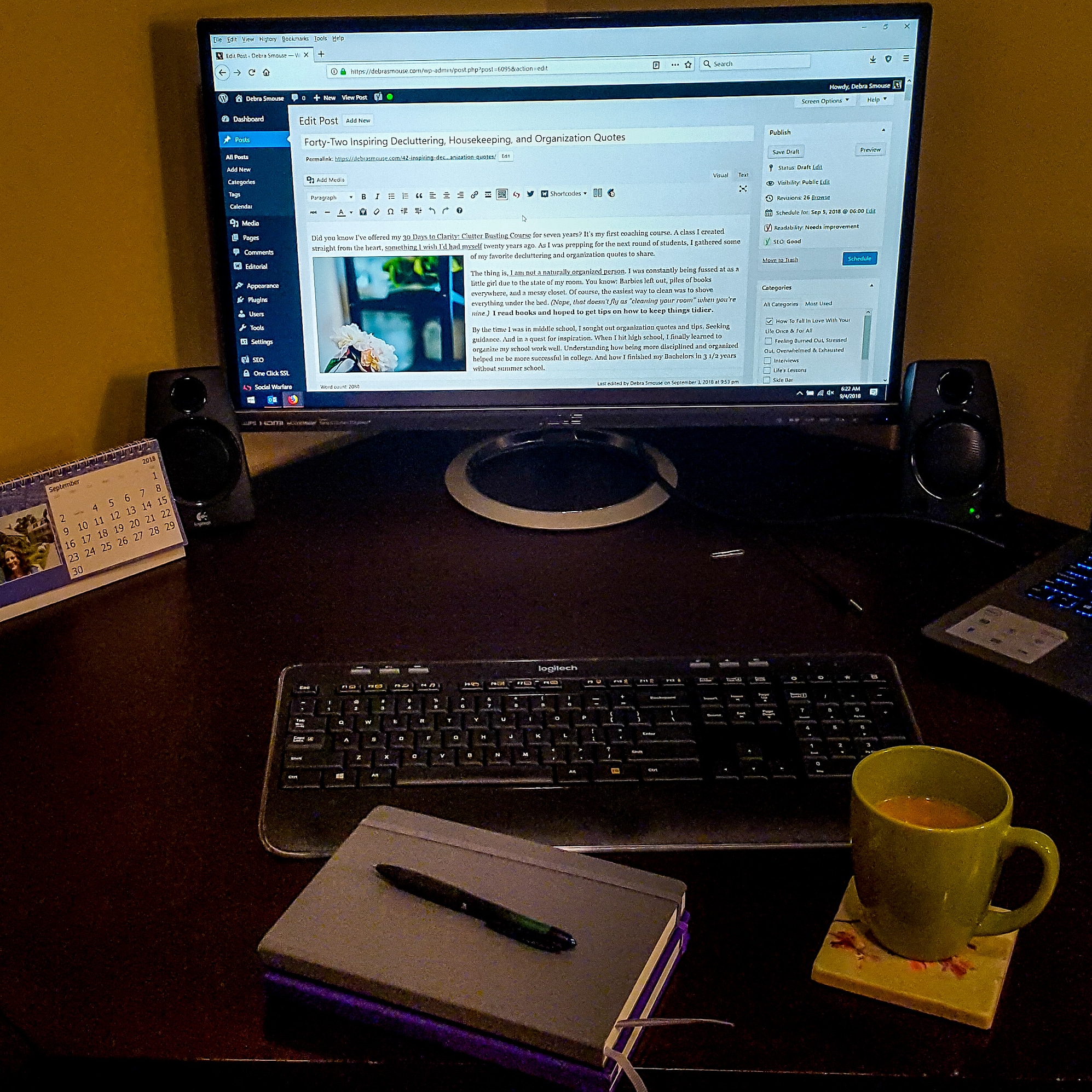
Earlier this year, I began working with a new business mentor to take my coaching practice to the next level. Actually, I am working with a team of experts. Ones that know how to dig more deeply into the things that would send me down a rabbit hole of data.
Much of this focuses on making what I write for work more “Google-Able”. And, in order to do that, my team informed me this summer that I needed to write at least two blog posts per week. Preferably three.
To make space for managing Modern Creative Life. As well as do other things that are important to me. Like actually coach clients. And tending my home and nurturing my relationship with John, I had made the decision to cut back to writing only two blog posts per month for my coaching practice.
Yep. I was unceremoniously informed that I needed to go from two blog posts a month to two or three per week. That meant that I needed to not only write a little more. I needed to quadruple the amount I was writing for my own website.
To confess that I was overwhelmed with needing to up my productivity to that degree is an understatement. In all truth and honesty, I had gotten a little lazy when it came to my writing. For work and otherwise.
This coincided with Melissa having knee surgery. Which meant that not only did I need to spend time at MCL, I had to not only do a portion of the editing here. I was doing all of it.
And the thing is, running Modern Creative Life is more time consuming than running All Things Girl was. Because of social media.
Part of shining the light on the works of others demands that we not just publish it, but share it. And each and every piece here deserved to be shared not just once, but multiple times. Despite the joy I have in sharing the work here on Twitter and Facebook. And despite that I loved digging back into the archives to remind you of brilliant pieces from the past.
I just don’t have the bandwidth to continue doing it.
I don’t have the bandwidth to quadruple my writing for work, increase the guest posts I write, and managing the social media feeds for my coaching practice. AND maintain all the work I do here for Modern Creative Life. Just the social media alone could honestly need another person to manage it. And there have been no “takers” to mange it for us beyond me.
And to be vulnerably and nakedly honest with you, I haven written a single word for the next book I want to write. And I haven’t gotten back to editing the book I had planned to publish two years ago.
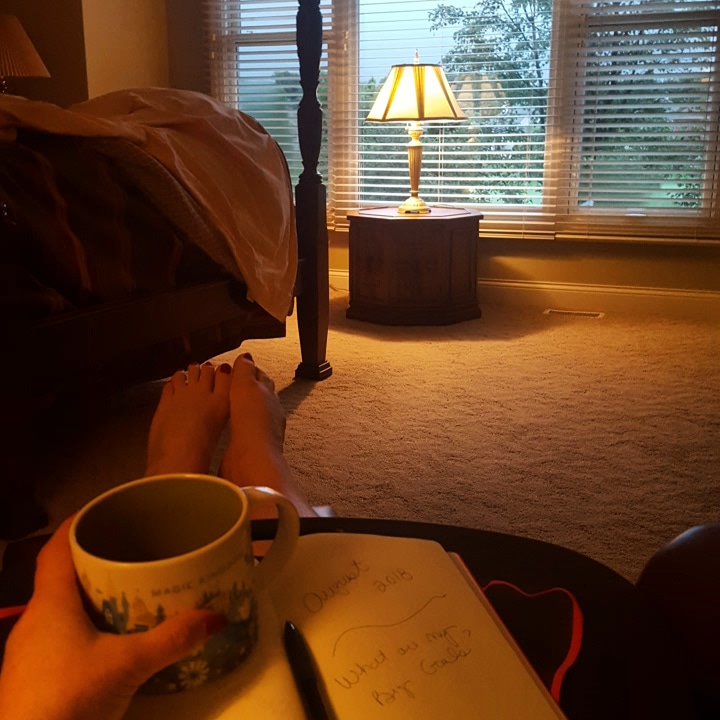
And to be even more honest: I like the writing I do for my coaching practice. I appreciate the opportunity to help folks shift their lives. I love my work as a coach.
Even if quadrupling the amount I write feels overwhelming and a bit daunting, the truth is, that having more deadlines helps me build my writing muscle. And, if you didn’t know, just like exercise, the more you write, the more you find you can write.
As creative people, one of the unfortunate things we have to do is to choose what to work on. Even if we have multiple passions. And a slew of interests. Our creative gifts demand that we become devoted to a particular topic, task, or type of work.
Another one of the tasks on my list thanks to my team – and all the updates to the way websites are run on the backend – I needed a new design for my website. I rebranded my website last month. And, though I am head-over-heels in love with the design, it didn’t come without a slew of new tasks.
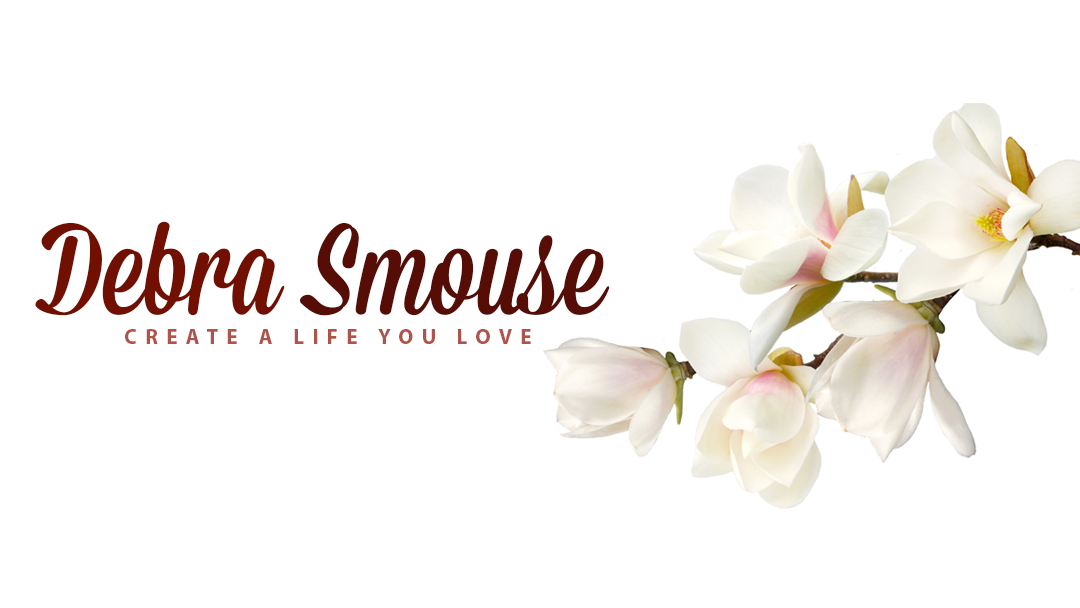 There was some funky piece of code lingering in almost every old post. And, also thanks to the rebranding, most of my blog posts need new images. I have written over 300 blog posts for work. That’s a lot of photos to find and posts to edit. Even if the editing is small and picky. It still takes time.
There was some funky piece of code lingering in almost every old post. And, also thanks to the rebranding, most of my blog posts need new images. I have written over 300 blog posts for work. That’s a lot of photos to find and posts to edit. Even if the editing is small and picky. It still takes time.
You may ask why I would bother to edit blog posts I wrote years ago. (I started writing for my coaching practice in 2011). Well, old pieces that I wrote often bring in new readers. In fact, more than 30% of my organic search traffic comes to blog posts written ages ago.
That means that those post that are old, yet bring people I can help in some way? They need to be not just lightly restyled with a new photo. Some of them need to be re-written to be more applicable to the world today.
The other thing I have discovered is that what the industry terms as “backlinks” can matter to the reputation and authority a website has. See, Google (and other search engines) notate how many links there are “out there” to any particular website. The more quality links you have, the more reliable you are seen no matter your field.
That’s why I am committed to keeping the archives here at Modern Creative Life intact. It was something we were unable to do with All Things Girl thanks to a hacker and an inept tech support person. But now that I understand what must be done, I am committed to make it happen.
Because even if I don’t have the bandwidth to continue to manage a regular magazine, I can ensure that the works here at MCL do not lose the impact they have. That they continue to enhance the work creators do. Because the unfeeling robots known as search engines may not see the true brilliance of your work. What they do see is the number of times this website refers folks back to your online spaces.
Besides, once the dust settles, we may decide to do a special issue. Or a limited series of features on wonderful poets and photographers and storytellers. And maintaining the site will be a huge help for any spur-of-the-moment decisions.
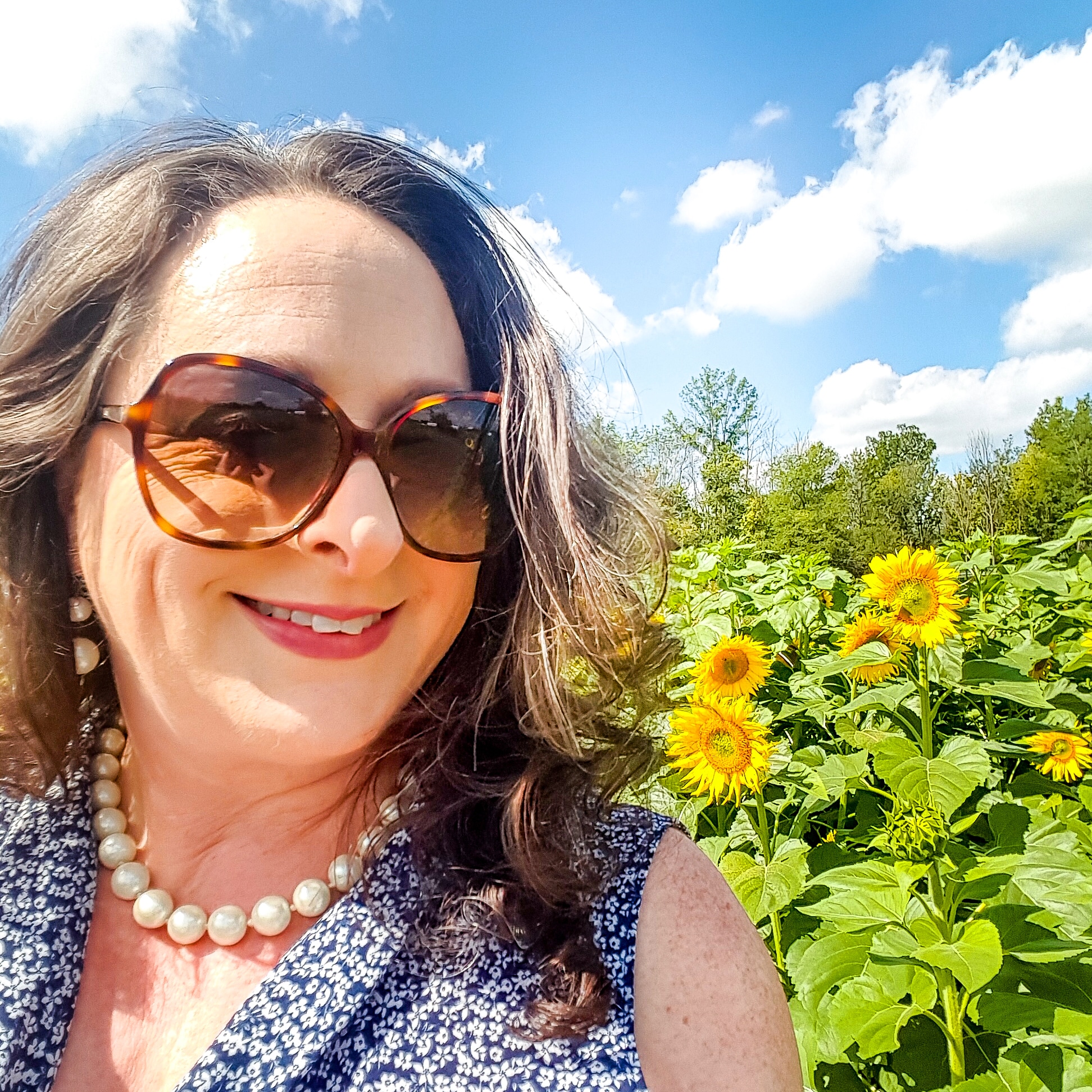
I have had to come face to face with reality of late. There are truly only so many hours in the day. And, despite wishing I were Wonder Woman, I am me. I am a fifty-year old woman that is a finite resource.
And when we get down to the realities of living a creative life? We must always make our own work a priority. We must listen to that inner voice within us and answer the call to use our time wisely and create more. More stories. More works of art. More expressions of how we see beauty in the world.
Sometimes, this may seem selfish to those we serve. Yet, if we have served them well, deep down, folks will understand our deeper desire to create.
If you are so called to do so, I’d still be honored to edit your poems, stories, and essays as we wind down this issue on Nostalgia.
About the Author: Debra Smouse
 Debra Smouse is a self-admitted Tarnished Southern Belle, life coach, and author. When she’s not vacuuming her couch, you’ll find her reading or plotting when she can play her next round of golf. She’s the Editor in Chief here at Modern Creative Life. Connect with her on Twitter, Facebook, and Instagram.
Debra Smouse is a self-admitted Tarnished Southern Belle, life coach, and author. When she’s not vacuuming her couch, you’ll find her reading or plotting when she can play her next round of golf. She’s the Editor in Chief here at Modern Creative Life. Connect with her on Twitter, Facebook, and Instagram.
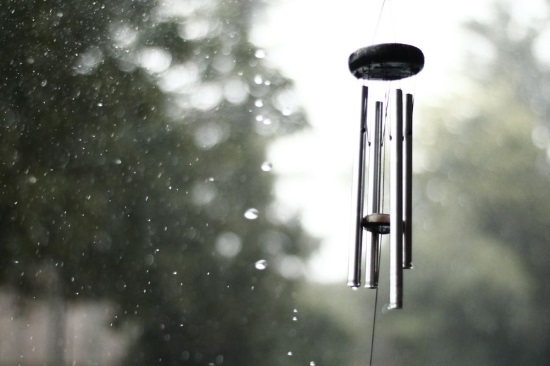
 Æverett lives in the northern hemisphere and enjoys Rammstein and Star Trek. He writes both poetry and fiction and dabbles in gardening and soap making. She has two wonderfully old cats, and a dearly beloved dog. He also plays in linguistics, studying German, Norwegian, Russian, Arabic, a bit of Elvish, and developing Cardassian. Language is fascinating, enlightening, and inspirational. She’s happily married to her work with which she shares delusions of demon hunters, detectives, starships, androids, and a home on the outskirts of a small northern town. He’s enjoyed writing since childhood and the process can be downright therapeutic when it’s not making him pull his hair out. It’s really about the work and words and seeing without preconceptions.
Æverett lives in the northern hemisphere and enjoys Rammstein and Star Trek. He writes both poetry and fiction and dabbles in gardening and soap making. She has two wonderfully old cats, and a dearly beloved dog. He also plays in linguistics, studying German, Norwegian, Russian, Arabic, a bit of Elvish, and developing Cardassian. Language is fascinating, enlightening, and inspirational. She’s happily married to her work with which she shares delusions of demon hunters, detectives, starships, androids, and a home on the outskirts of a small northern town. He’s enjoyed writing since childhood and the process can be downright therapeutic when it’s not making him pull his hair out. It’s really about the work and words and seeing without preconceptions.


 I truly appreciate living in a place with four distinct seasons because along with the gifts of beauty autumn provides, it offers us a chance to reflect on the year gone by – on ALL the years that have accumulated like the piles of leaves under out feet, years that have blown in a vortex, whirling and swirling around our heads. Autumn gives us a brief moment to prepare ourselves for the work that lies ahead, the cold winter days that call for courage and perseverance and determination.
I truly appreciate living in a place with four distinct seasons because along with the gifts of beauty autumn provides, it offers us a chance to reflect on the year gone by – on ALL the years that have accumulated like the piles of leaves under out feet, years that have blown in a vortex, whirling and swirling around our heads. Autumn gives us a brief moment to prepare ourselves for the work that lies ahead, the cold winter days that call for courage and perseverance and determination.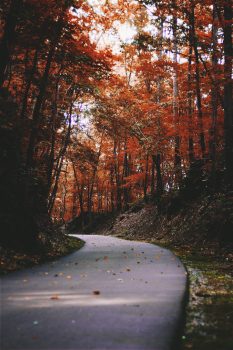 As Modern Creative Life goes on hiatus, I know I’ll need reminding that creative living is the way we bring art and life together in real time, everyday. The future of MY work entails staying connected with the creative side of my being and also with other people who inspire me. The future of my work means listening to the creative voices that speak hope and truth. The future of my work means diving into the deep waters of my own thoughts and dreams, distilling ideas that I can share with you, ideas that may resonate within you and make you feel less alone.
As Modern Creative Life goes on hiatus, I know I’ll need reminding that creative living is the way we bring art and life together in real time, everyday. The future of MY work entails staying connected with the creative side of my being and also with other people who inspire me. The future of my work means listening to the creative voices that speak hope and truth. The future of my work means diving into the deep waters of my own thoughts and dreams, distilling ideas that I can share with you, ideas that may resonate within you and make you feel less alone.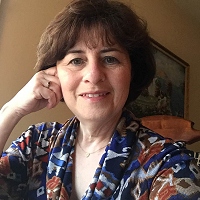 Becca Rowan lives in Northville, Michigan with her husband and their Shih Tzu puppy, Lacey Li. She is the author of
Becca Rowan lives in Northville, Michigan with her husband and their Shih Tzu puppy, Lacey Li. She is the author of 
 Patricia Wellingham-Jones is a widely published former psychology researcher and writer/editor. She has a special interest in healing writing, with poems recently in The Widow’s Handbook (Kent State University Press). Chapbooks include Don’t Turn Away: poems about breast cancer, End-Cycle: poems about caregiving, Apple Blossoms at Eye Level, Voices on the Land and Hormone Stew.
Patricia Wellingham-Jones is a widely published former psychology researcher and writer/editor. She has a special interest in healing writing, with poems recently in The Widow’s Handbook (Kent State University Press). Chapbooks include Don’t Turn Away: poems about breast cancer, End-Cycle: poems about caregiving, Apple Blossoms at Eye Level, Voices on the Land and Hormone Stew.







 Lisa Zaran is the author of eight collections of poetry including Dear Bob Dylan, If It We, The Blondes Lay Content and the sometimes girl. She is the founder and editor of
Lisa Zaran is the author of eight collections of poetry including Dear Bob Dylan, If It We, The Blondes Lay Content and the sometimes girl. She is the founder and editor of 
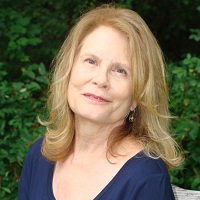 Nancy Richardson’s poems have appeared in journals anthologies. She has written two chapbooks. The first, Unwelcomed Guest (2013) by Main Street Rag Publishing Company and the second, the Fire’s Edge (2017) by Finishing Line Press concerned her formative youth in the rust-belt of Ohio and the dislocation, including the Kent State shootings that affected her young adulthood. In An Everyday Thing, she has included those poems and extended the narrative to memories of persons and events and the make a life.
Nancy Richardson’s poems have appeared in journals anthologies. She has written two chapbooks. The first, Unwelcomed Guest (2013) by Main Street Rag Publishing Company and the second, the Fire’s Edge (2017) by Finishing Line Press concerned her formative youth in the rust-belt of Ohio and the dislocation, including the Kent State shootings that affected her young adulthood. In An Everyday Thing, she has included those poems and extended the narrative to memories of persons and events and the make a life.

 I can’t wait to see how NOSTALGIA speaks to you in the coming weeks.
I can’t wait to see how NOSTALGIA speaks to you in the coming weeks.